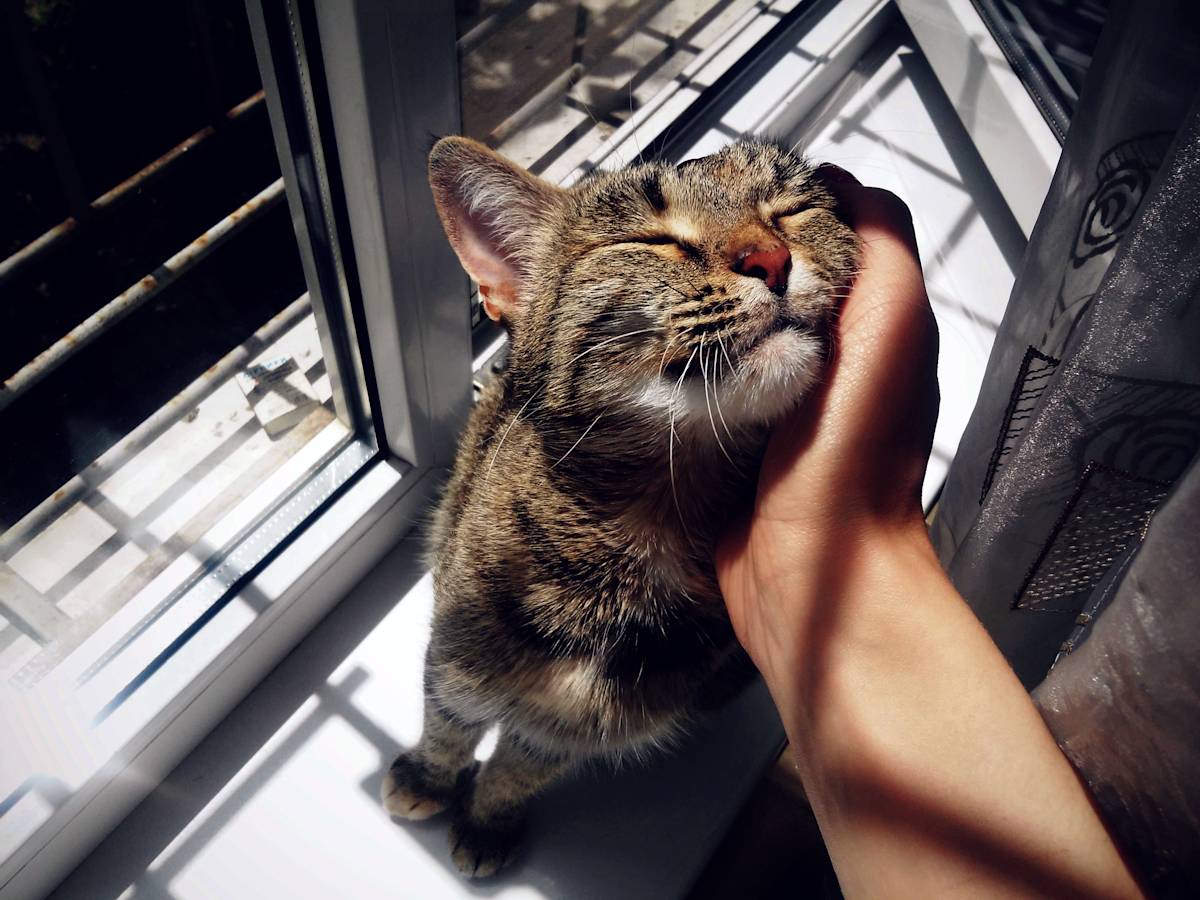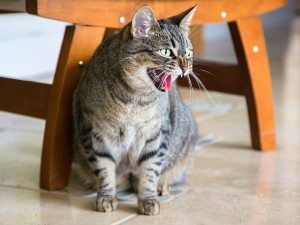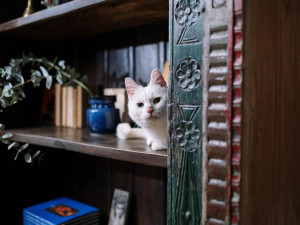How to Stroke a Cat (Without a Scratch)
There is a right and wrong way
Rule number one about stroking cats is also rules two, three, four and so on: don’t force a cat to accept any physical contact. This guideline applies to all species (including humans) but this advice is especially helpful with felines. Stroking a cat must be done on their terms, and if they’re not in the mood, forcing the issue will not get you anywhere. Engaging in stroking a cat involves helping them become amenable to your attention, and touching them in ways they’ll enjoy most. Here’s what to do.
Let them approach you
The independent nature of cats is the stuff of legend, and they are far more likely to be comfortable with you if you allow them to approach you rather than the other way around.
Resist the urge to pick them up
I know – it’s hard for me, too. Most cats object to being scooped up and held, especially if they don’t know you well or if you take them by surprise. There are exceptions to this guideline if you and the cat know each other really well, and they have a history of contentment in your arms. But otherwise, don’t do it.
Get on the ground
Cats frequently come up to people who are on the floor, so if you sit down and remain calm, you make yourself more appealing to the average cat. Move slowly rather than making any sudden movements, and avoid reaching over their head.
Offer surfaces for them to rub
Cats often initially make contact with people by rubbing against them, either with their face or with the sides of their body. Reaching out with your hand, extending a couple of fingers in a curved shape (think of a loosely held fist with the pointer and middle finger tucked in less than the other fingers) or sitting cross-legged so your knee is available will often prompt cats to rub against you. Once a cat is physically touching you, they are far more likely to accept stroking than if they haven’t yet made contact.
Touch them in the spots they tend to enjoy
Most cats prefer to be stroked on the back of their neck, on the chin or cheeks, and behind the ears. Another favourite spot is at the top of the tail where it connects to the back. With cats you know well, massage the outer ears between your thumb and forefinger.
Begin with gentle contact of the fingernails or the tips of your fingers to the chin. Moving all your fingers as though squeezing a stress ball (but more gently) is often received well. Lots of cats will push into your hand with such contact, indicating they find it pleasant. If they express contentment by staying around, pressing in for more contact or by purring, keep stroking them; and add in wriggling finger movements around the side of the head, the neck and the cheeks.
Don’t scratch their belly
Cats generally prefer small massaging and kneading movements over long stroking. However, if you do want to try strokes along the back (or, if they’re lying down, on their accessible side), keep the pressure gentle and move slowly. Leave their paws alone –physical attention given to their feet is rarely pleasing to any cat – and make sure you’re patting their fur down, rather than fluffing it up.
It’s no good pushing a cat to accept your stroking, no matter how lovingly intended, but you can make it more likely a cat will enjoy and even seek out your overtures. It’s a compliment to you if a cat accepts and relishes the touch you offer. Stroking them in the way they love is an appropriate way to acknowledge the honour they have bestowed upon you.







